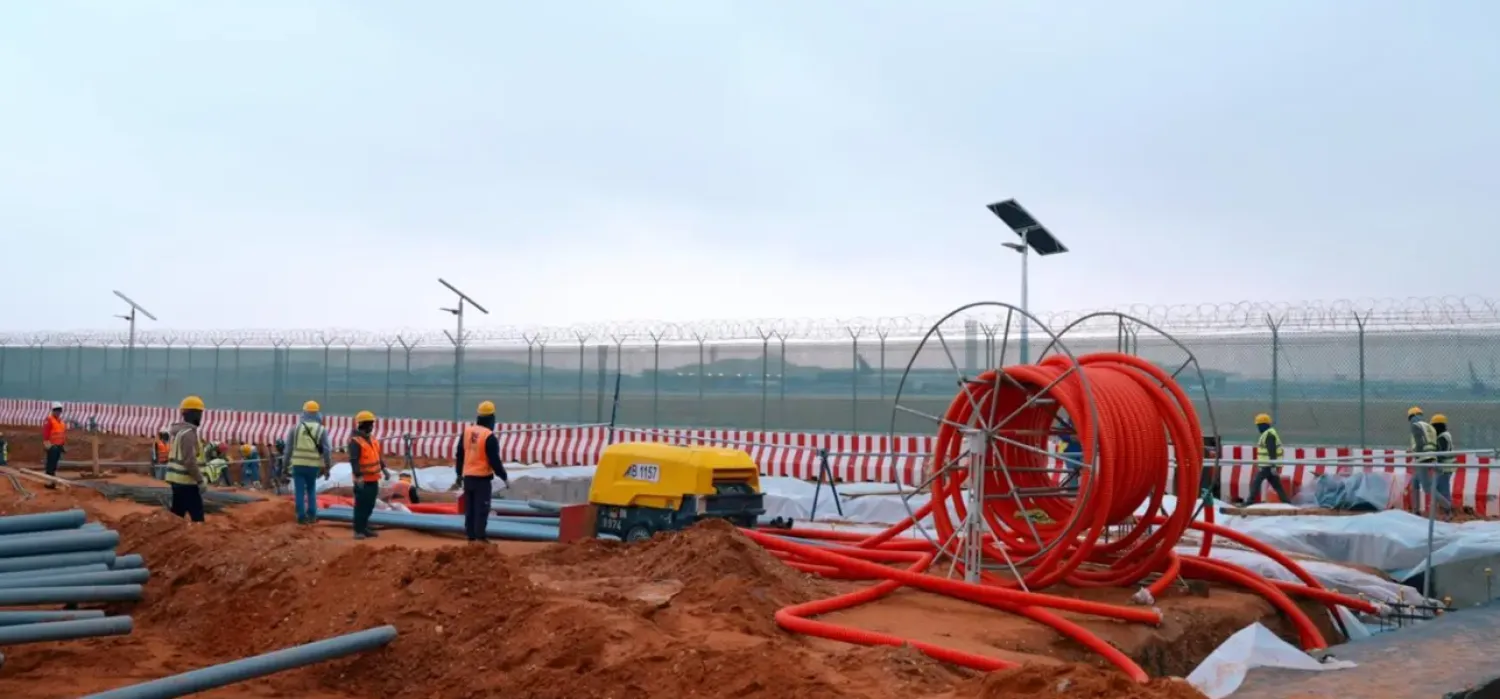A collision between two tankers off Singapore in July raises questions over insurance claims, as one of the vessels previously shipped Iranian oil, potentially complicating payments due to Western sanctions, ship-trackers and industry sources told Reuters.
What Happened?
The Singapore-flagged Hafnia Nile and the Sao Tome and Principe-flagged Ceres I collided and caught fire about 55 km northeast of the Singaporean island of Pedra Branca on July 19.
No oil spill has been detected, only a sheen believed to be from damage to the Hafnia Nile's bunker tank, Malaysia's Marine Department said.
The vessel, which was carrying a cargo of naphtha, suffered engine damage and was secured by tugs at the collision site.
On Thursday, ship manager Hafnia said that an oil boom has been deployed at the stern of the ship and around the damaged area, and two tugboats are dispersing the light oil sheen.
Hafnia said it was working with Malaysian and Singaporean authorities to finalize a towage plan.
What’s the Iranian Oil Connection?
The Ceres I had no cargo at the time of the accident.
However, ship data from providers including LSEG and Kpler show the tanker carried Iranian crude in the past.
Ceres I last loaded Iranian oil via transfer with an Iranian tanker in March off the country's Kharg terminal, subsequently transferring the cargo to two tankers around the Malacca Strait between April 7-9, said Claire Jungman, chief of staff at advocacy group United Against Nuclear Iran, which tracks Iran-related tanker traffic via satellite data.
That cargo reached China on May 29, Jungman said.
Ceres I loaded Iranian oil at least four times since 2019, transporting 8 million barrels, according to analysis by Jungman. The vessel also made four trips carrying Venezuelan oil between 2021 and 2023 totaling 7.5 million barrels, she said.
The China-based owner of the Ceres I listed in shipping databases could not be reached for comment.
China, the biggest buyer of Iranian crude, says it opposes unilateral sanctions, but traders rebrand Iranian oil destined for the country as originating elsewhere. Chinese customs have not reported any imports of Iranian oil since June 2022.
Growing Shadow Fleet
This is believed to be the first such collision in recent years involving a vessel that is part of the so-called shadow fleet of tankers transporting oil cargoes that are subject to Western sanctions, insurance specialists told Reuters.
Government and industry officials have raised concerns over risks posed by the growing shadow fleet.
“The recent collision between Hafnia Nile and Ceres I marks a dangerous precedent,” said Jonathan Moss, head of transport with law firm DWF and an insurance claims specialist.
“Neither vessel nor owners are designated (by Western sanctions), however, if the Ceres I was or had in the past been carrying Iranian crude, their insurers may have reason to decline cover or may need to notify the authorities of a potential sanctions breach,” he said.
What Insurance is in Place?
Ships typically have protection and indemnity (P&I) insurance, which covers third-party liability claims including environmental damage and injury. Separate hull and machinery policies cover vessels against physical damage.
The Hafnia Nile is covered by Norwegian P&I insurer Gard, one of the top 12 such providers covering around 90% of the world’s ocean-going ships.
Gard said it was “actively supporting” its member BW Group, which operates the Hafnia Nile, declining to give specifics.
Typically, a P&I club that is part of an international group of the 12 biggest companies in the sector covers the first $10 million of P&I losses, with members mutually reinsuring each other by sharing claims above $10 million to $100 million. The group holds reinsurance cover up to $3.1 billion.
A person familiar with the matter said the Ceres I has P&I coverage with an international insurer that is not among the leading 12 providers, and hull and machinery coverage from a Chinese insurer.
What Happens with Claims?
Claims in this case could include costs to repair both vessels, towing the Hafnia Nile to a dock, time in dock for repairs and those incurred by the salvage company and tugs as well as ship surveyors.
Typically, each party in a collision instructs its own loss assessor to prepare a report on what happened, establishing liability and then notify its insurers and make a claim.
The claims process itself is typically dealt with by both hull and P&I insurers and will last months if not longer.
Liability will be determined by a court, probably in Asia.
Any claims sent to hull & machinery, cargo and P&I insurers will be complicated by sanctions rules, DWF's Moss said.
Moss said if the hull & machinery or P&I cover had been placed by insurers in the London market or other jurisdictions, sanctions exclusion clauses could be triggered. This could prevent investigation of the claim including the appointment of loss assessors, loss adjusters, fire experts and others, potentially leaving the insured without cover from both direct insurers or reinsurers, Moss added.









